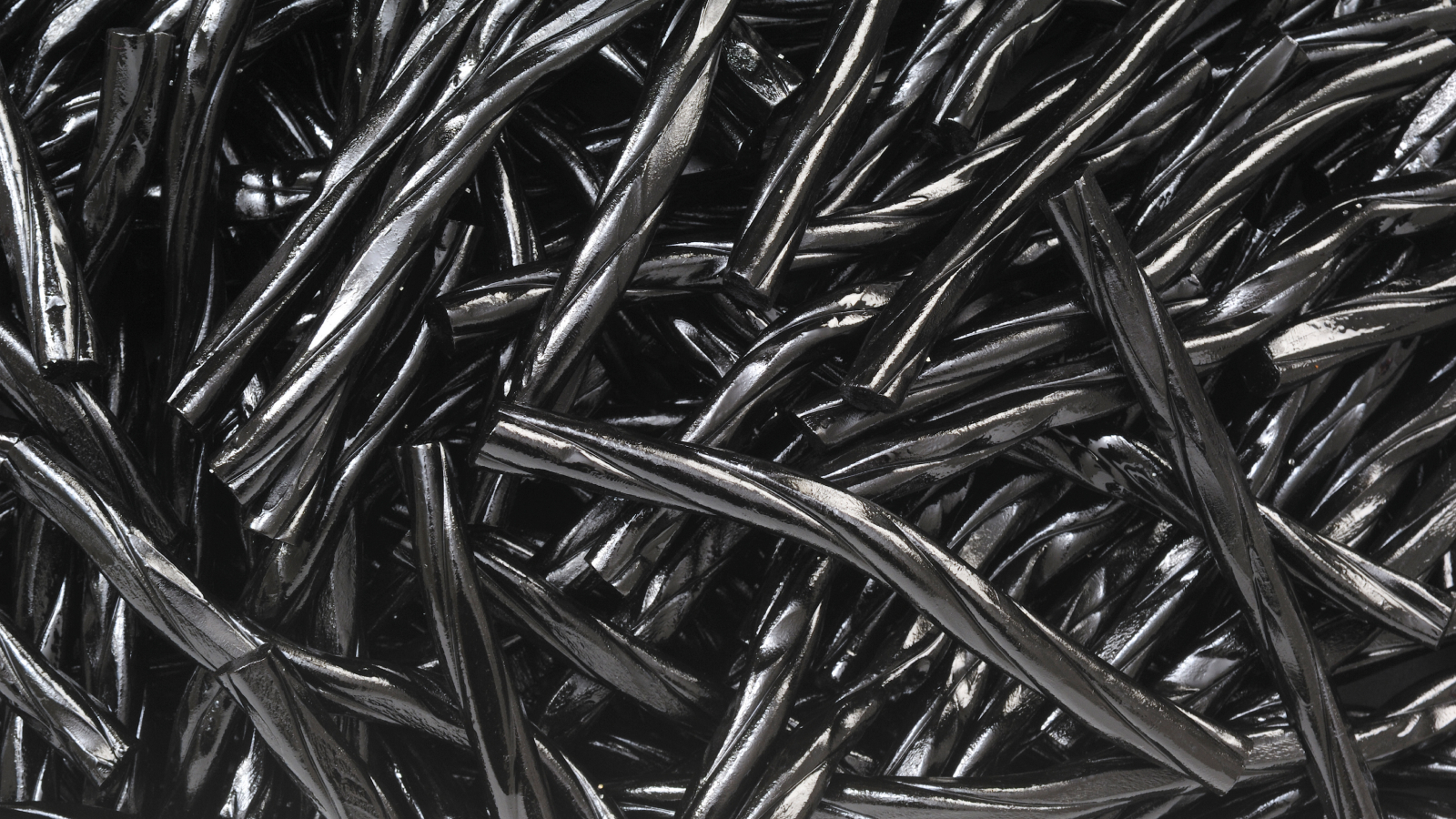Polymers, Vol. 15, Pages 2507: Effect of Selected Crosslinking and Stabilization Methods on the Properties of Porous Chitosan Composites Dedicated for Medical Applications
Polymers doi: 10.3390/polym15112507
Authors: Biernat Woźniak Chraniuk Panasiuk Tymowicz-Grzyb Pagacz Antosik Ciołek Gromadzka Jaegermann
Chitosan is one of the most commonly employed natural polymers for biomedical applications. However, in order to obtain stable chitosan biomaterials with appropriate strength properties, it is necessary to subject it to crosslinking or stabilization. Composites based on chitosan and bioglass were prepared using the lyophilization method. In the experimental design, six different methods were used to obtain stable, porous chitosan/bioglass biocomposite materials. This study compared the crosslinking/stabilization of chitosan/bioglass composites with ethanol, thermal dehydration, sodium tripolyphosphate, vanillin, genipin, and sodium β-glycerophosphate. The physicochemical, mechanical, and biological properties of the obtained materials were compared. The results showed that all the selected crosslinking methods allow the production of stable, non-cytotoxic porous composites of chitosan/bioglass. The composite with genipin stood out with the best of the compared properties, taking into account biological and mechanical characteristics. The composite stabilized with ethanol is distinct in terms of its thermal properties and swelling stability, and it also promotes cell proliferation. Regarding the specific surface area, the highest value exposes the composite stabilized by the thermal dehydration method.

 1 year ago
47
1 year ago
47


